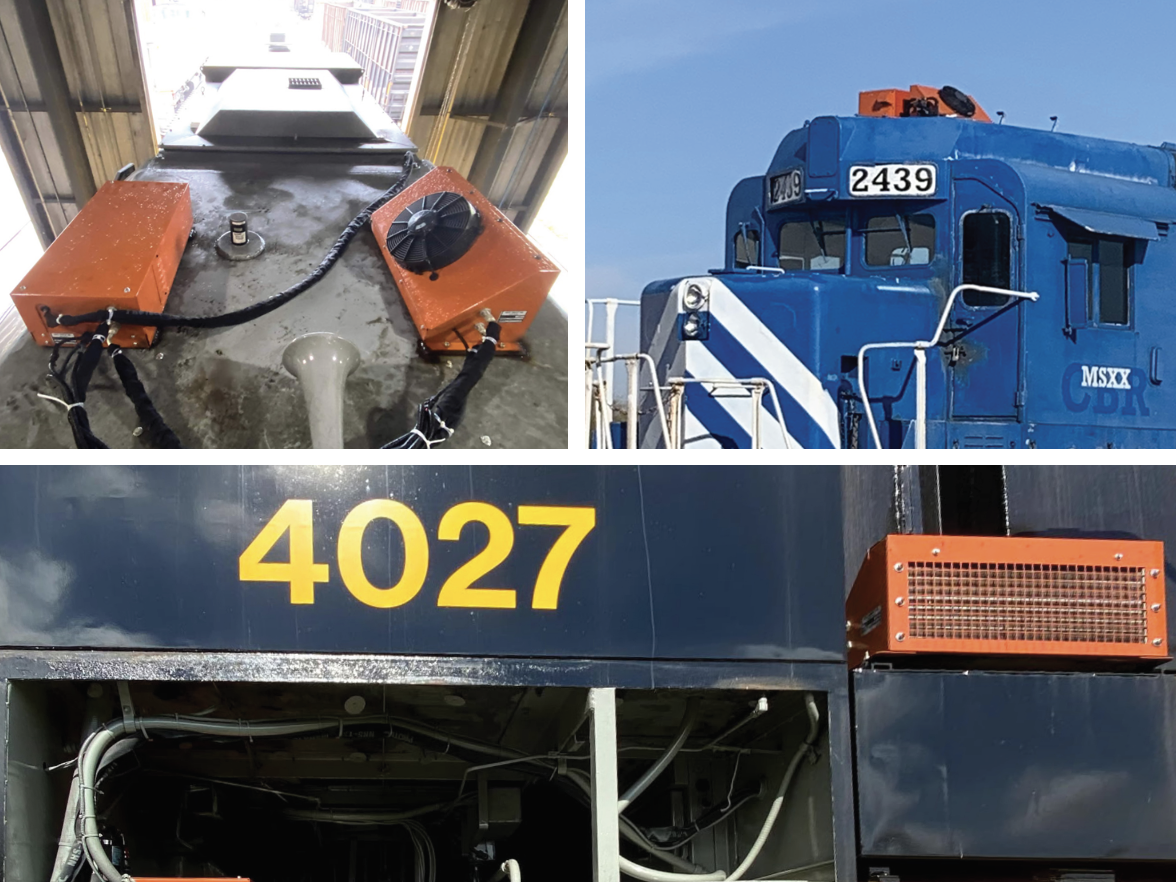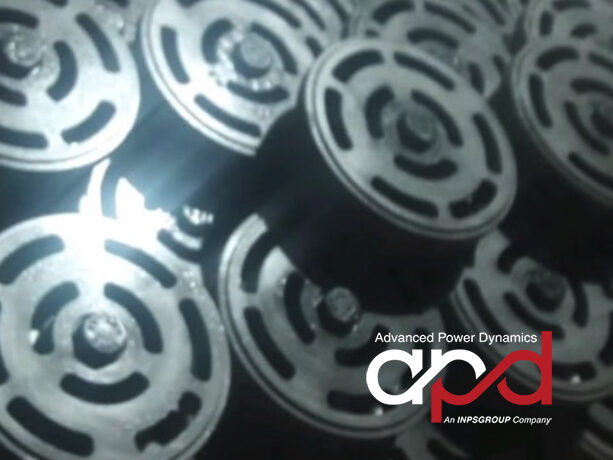Emergency Egress/Access Signage and Low-Location Exit Path Markings (LLEPM) for Passenger Rail Equipment: APTA PR-PS-S-006-23
Railroads are responsible for ensuring the design, installation, and maintenance of emergency egress/access signage and low-location exit path markings (LLEPM) align with their internal safety protocols, while also complying with the performance criteria set out in APTA PR-PS-S-006-23. This standard is critical in guiding railroads and car builders as they address emergency evacuation requirements, ensuring passenger safety in the event of an emergency.

The proper placement of LLEPMs is essential in guiding passengers toward exits, especially in scenarios where lighting is impaired, such as in the presence of smoke or total darkness. These markings must be strategically positioned along walls, floors, seat assemblies, and stairs, no higher than 18 inches from the floor, to ensure visibility and recognition from any seat or compartment in the car. Additionally, the system must provide clear indications of changes in direction within 4 inches of the exit path’s deviation.


Reliable Safety Standards
Ensuring that these components are built to withstand their intended environment and last through their expected lifecycle is key to maintaining reliable safety standards.
David Wade, Technical Support at INPS Group said:For over 25 years, INPS has partnered with Passenger Railcar Builders to deliver effec tive LLEPM solutions, supporting passenger safety through precise compliance with industry standards.
Email [email protected] for more information on our Low-Location Exit Path Markings.
This article was originally published by INPS Group.














